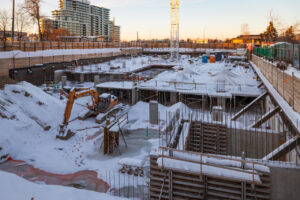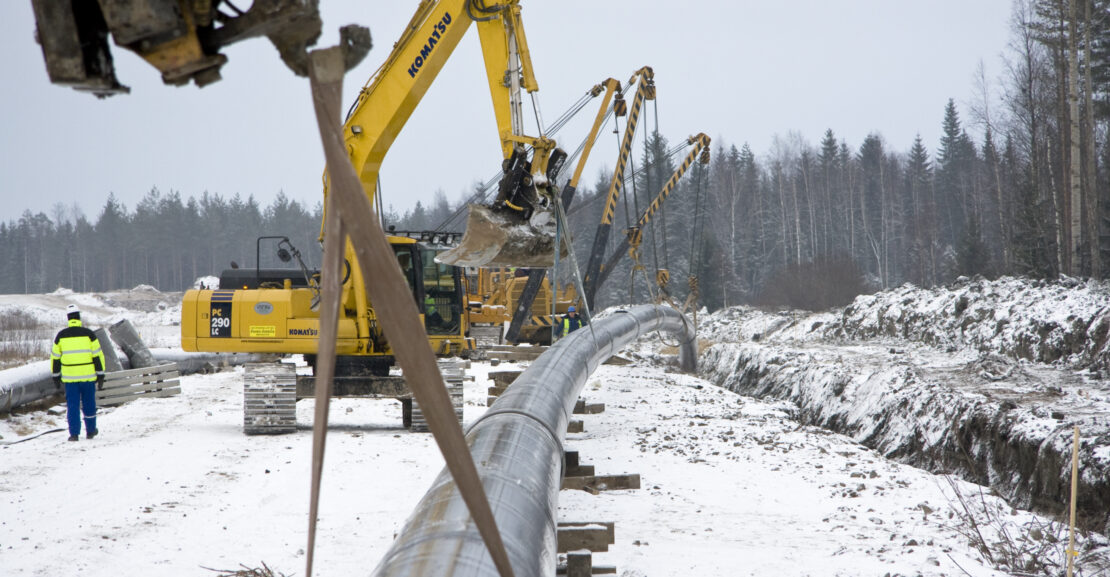As winter blankets construction sites in its chilly embrace, heavy construction faces heightened challenges. Navigating plummeting temperatures and unpredictable weather is crucial for project success. In this article, we explore the dos and don’ts of winter-time heavy construction, offering insights to help professionals efficiently navigate the unique complexities of the season. Whether you’re a seasoned veteran or a project manager gearing up for winter, read on to discover essential strategies for success in the frosty world of construction.
Winter construction brings a unique set of challenges that demand careful consideration and strategic planning. As temperatures drop, the impact on construction materials and equipment becomes pronounced. Concrete, for instance, is highly sensitive to temperature fluctuations. Cold weather can impede its curing process, leading to weakened structures and compromised integrity. Heavy machinery, too, can be affected by the cold, with hydraulic fluids thickening and lubricants losing their effectiveness. Thus, it becomes imperative to implement cold-weather protocols, such as utilizing heated enclosures, insulating materials, and employing special additives for concrete to ensure optimal working conditions and the longevity of structures.
 Worker safety is another critical aspect that cannot be overlooked during winter construction. Slippery surfaces due to snow and ice pose a significant risk, necessitating enhanced safety measures. Adequate training for workers on winter-specific hazards, provision of appropriate personal protective equipment, and the implementation of anti-slip measures on walkways and work areas are essential steps to mitigate these risks.
Worker safety is another critical aspect that cannot be overlooked during winter construction. Slippery surfaces due to snow and ice pose a significant risk, necessitating enhanced safety measures. Adequate training for workers on winter-specific hazards, provision of appropriate personal protective equipment, and the implementation of anti-slip measures on walkways and work areas are essential steps to mitigate these risks.
Beyond the immediate challenges, project timelines are often at the mercy of winter weather. Delays caused by snowstorms, freezing rain, or extreme cold can disrupt schedules and increase project costs. To counteract these potential setbacks, construction teams must build contingency plans into their schedules, allowing for flexibility in the face of unpredictable weather conditions.
On the positive side, winter can also present opportunities for cost savings and increased efficiency. For instance, frozen ground can provide a stable surface for heavy equipment, reducing the need for extensive earthmoving operations. Additionally, the winter season may offer a lower demand for construction services, potentially leading to cost savings on materials and labor.
In conclusion, successful winter-time heavy construction requires a comprehensive approach that addresses the unique challenges posed by the season. By implementing best practices, prioritizing safety, and adapting to weather-related variables, construction professionals can navigate the winter landscape with confidence, ensuring project success despite the cold and challenging conditions.
Winter Time and Heavy Construction | What are the dos and don'ts?
Winter construction presents challenges such as temperature-sensitive materials, machinery issues, and safety concerns. Implementing cold-weather protocols, worker training, and contingency plans are crucial. Delays due to inclement weather can disrupt timelines, but opportunities for cost savings and increased efficiency may arise. Successfully navigating winter construction requires a comprehensive approach to ensure safety, adaptability, and project success in challenging conditions.
